Nutrition for Infants
Infant Feeding and Developmental Milestones
Hunger and Satiety Cues

Age
Birth – 3 Months

Age
4 – 7 Months

Age
8 – 12 Months
Birth – 3 Months
Hunger Cues
- Opens and closes mouth
- Roots around when someone is holding the baby
- Making smacking and suckling noises
- Sucking on fingers, toes, toys, or clothing
Satiety Cues
- Slows or decreases suckling
- Turns head away from nipple
- Falls asleep
- Extends/relaxes arms and legs
4 – 7 Months
Hunger Cues
- Smiles, and/or gazes at parent or caregiver
- Moves head toward food or spoon
Satiety Cues
- Releases from nipple and may seal lips shut
- More easily distracted by surroundings
- Turns head away from food
8 – 12 Months
Hunger Cues
- Reaches for spoon or food
- Gets excited about food
- Starts chopping when others are eating
Satiety Cues
- Eating slows down
- Clenches mouth shut
- Shakes head or says ‘no more’
Infants, especially newborns, go through several developmental milestones, making identifying hunger and satiety cues difficult. Try to take note of what your little one does to show hunger before he or she cries. Crying is a sign of distress and hunger cues occur prior to crying.
Finger Food Ideas
WIC suggests starting to offer your baby solid foods when they reach six months of age. Your doctor may recommend starting earlier. If your doctor recommends starting earlier, it’s encouraged that you have a conversation about the types of foods to offer for your child’s age. Below are finger food ideas for infants aged six months to one year. Always remember to serve food in pieces that are smaller than your child’s thumb.
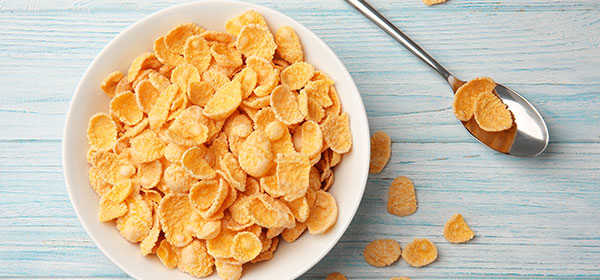
Puffs or Dry Cereal

Bread
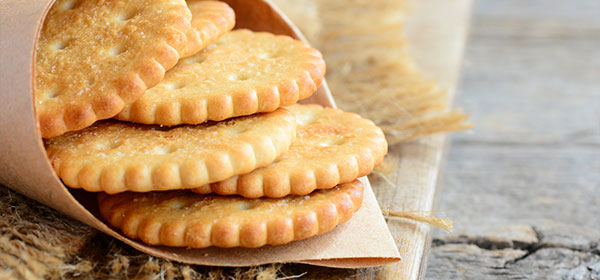
Crackers
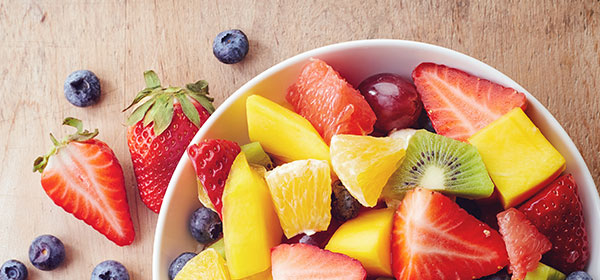
Soft Fruit

Broccoli

Avocado

Pasta

Beans
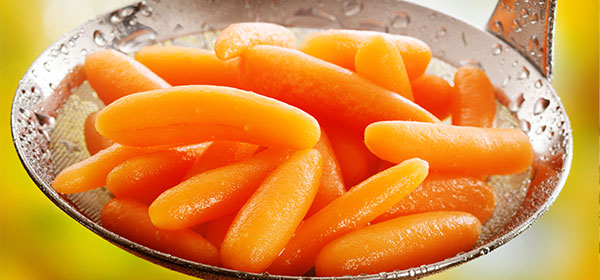
Steamed or Boiled Carrots
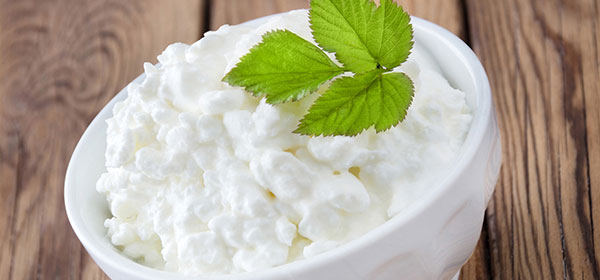
Cottage Cheese
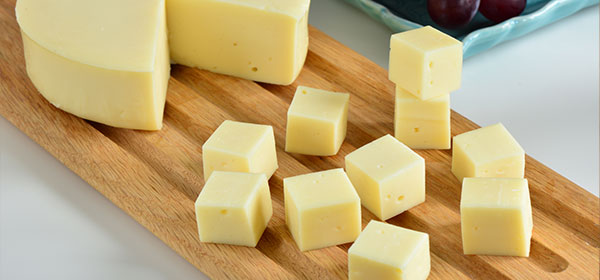
Cheese Cubes

Sweet Potatoes

Cauliflower

Soft and Tender Meat or Poultry
MIXING INFANT FORMULA
Carefully read and follow the instructions on the infant formula container. These steps will help you know how to prepare and store your infant’s formula correctly. Preparing your infant’s formula according to the instructions is important.
Homemade Infant Formula is NOT Safe
The Food and Drug Administration (FDA), American Academy of Pediatrics (AAP), and several other organizations advise parents and caregivers to not make or feed homemade infant formula to infants.
Watch the video below provided by the San Bernadino County Department of Public Health WIC program on the dangers of homemade infant formula.
Nursing Support
If your child is still nursing and you feel that you have tried everything and it’s just not going well, please see our Nursing Your Baby page.
